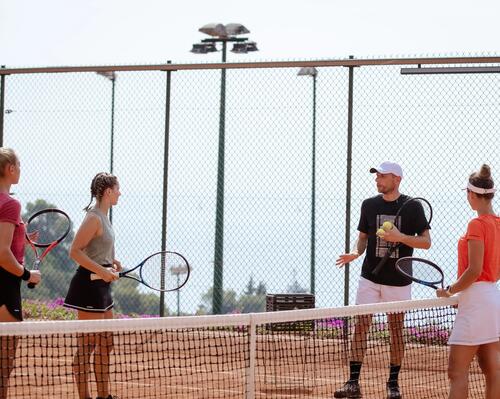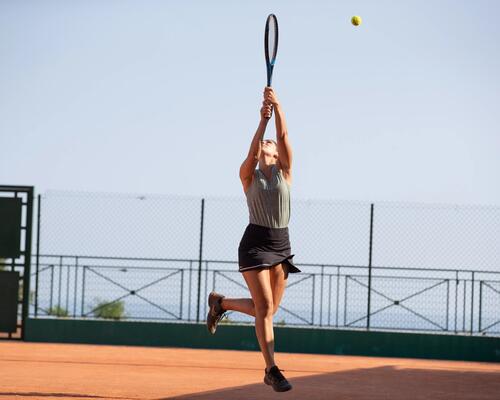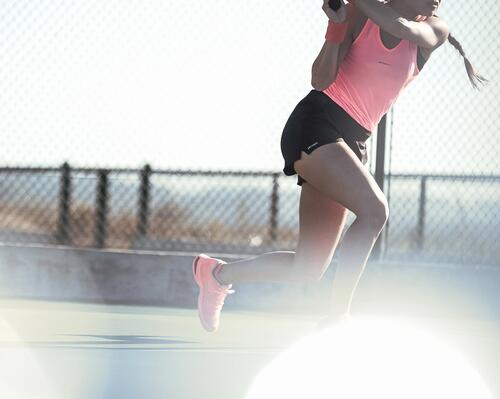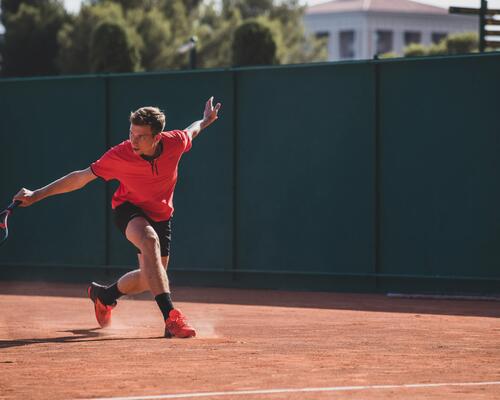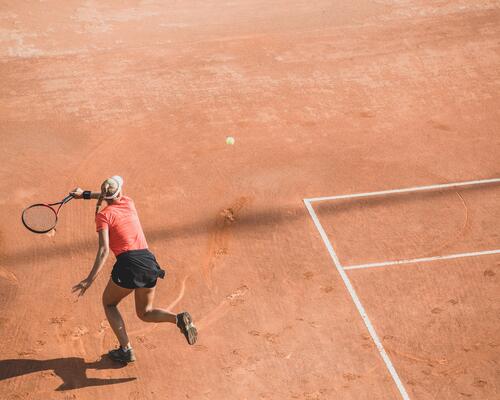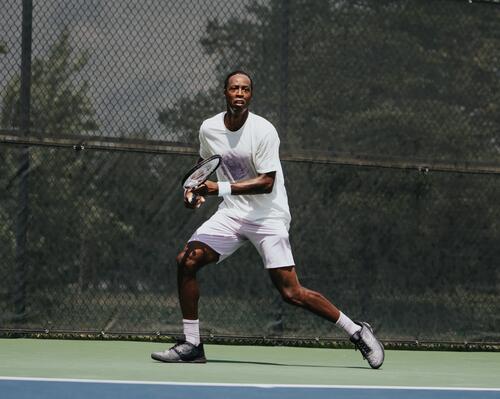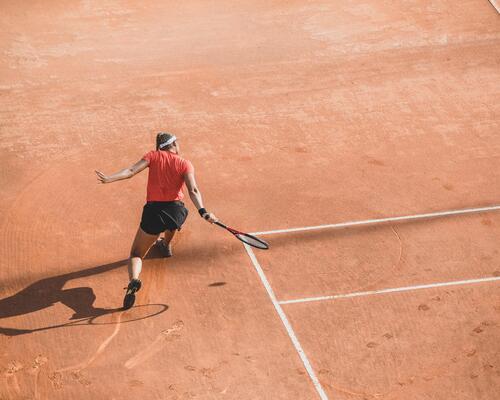Why the need to choose between one backhand or the other?
The top four players in the world in 2015 are a microcosm of the debate that has raged in the tennis world since the emergence of the two-handed backhand. Two of them use the one-handed backhand and two the two-handed backhand. It's become such an issue that national federations are not always sure which type of backhand to teach their best young players.
So what's the answer? Unfortunately, we don't have it. All we can suggest is that you choose one of them and make it an essential part of your game.



